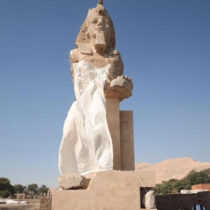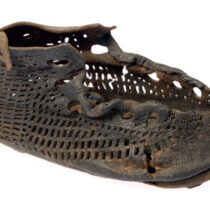Earth, the most basic material , has been turned by man into pottery through an inspired procedure. Vessels, utensils, figurines, architectural elements and so on, make up a multiform world that tells the tale of the evolution of civilization. Earthenware vessels appear in Greece during the Neolithic period, in 6.000 B.C. and they have remained in use since then. The basic rough materials for the making of earthenware vessels are earth, water and the combustible material. The earth proper is first washed and sifted, and then kneaded into clay. In the next stage the pottery gives to the amorphous mass of clay the desired form with the help of the wheel. The fresh vessel is put aside to get dry and later is fired in special kilns that have a rectangular, cyclical or horseshoe shape and are divided horizontally in two parts. In the lower part the combustible material is placed and the fire is lit. In the upper part with the pierced bottom for the perfect circulation of heat the vessels are arranged in successive rows. This part of the kiln is made of clay and tree-branches and it is torn down soon after the firing of the earthenware vessels is accomplished.
The making of earthenware vessels
30 Jul 2012
by Archaeology Newsroom
- A
- A
- A


